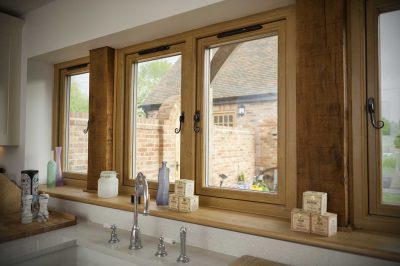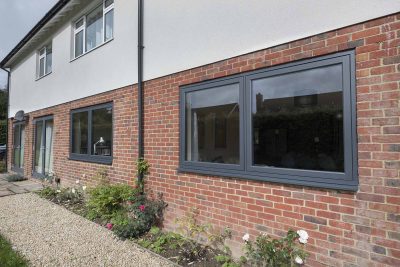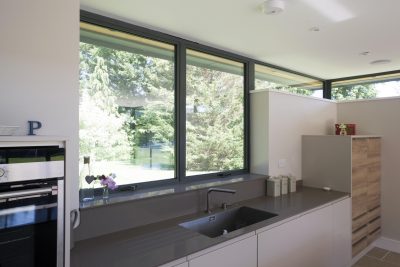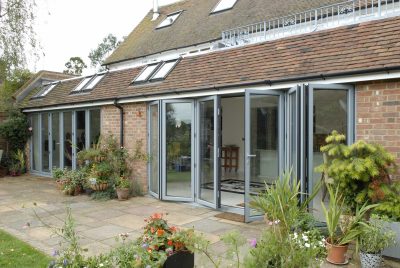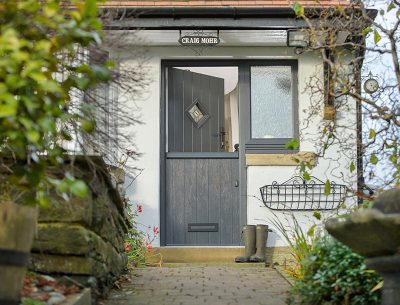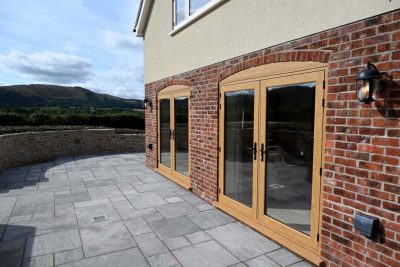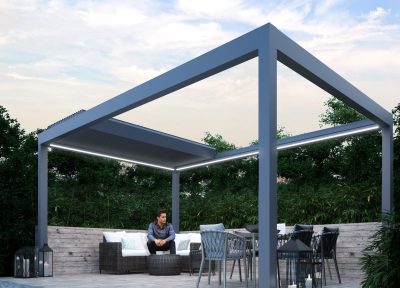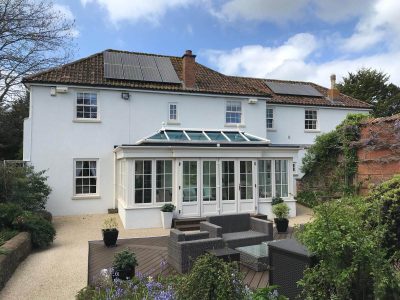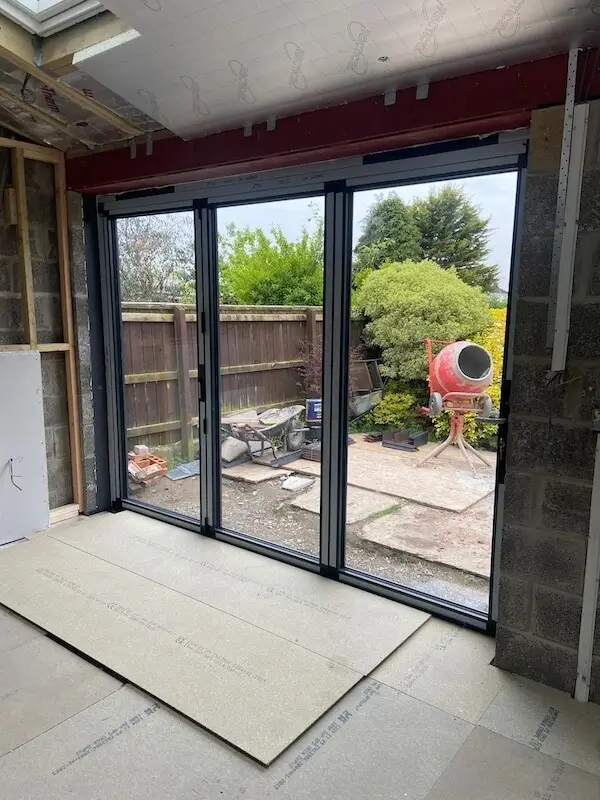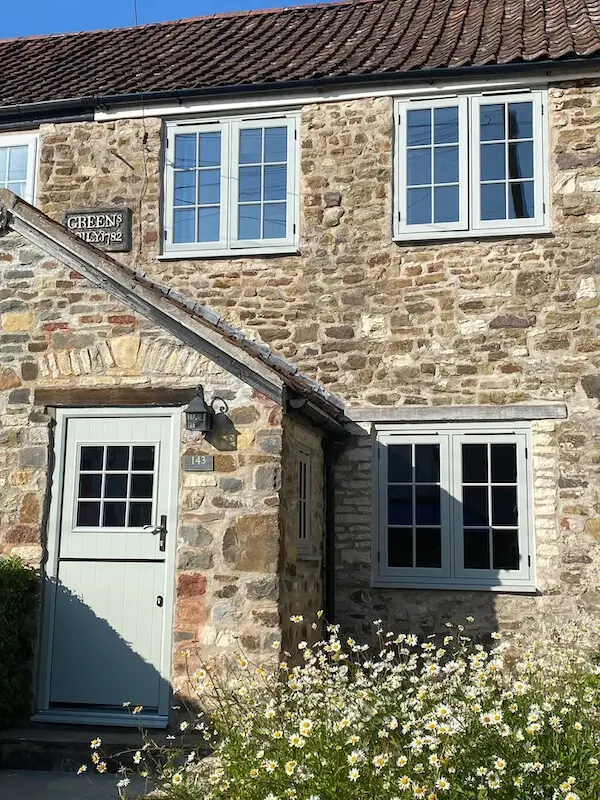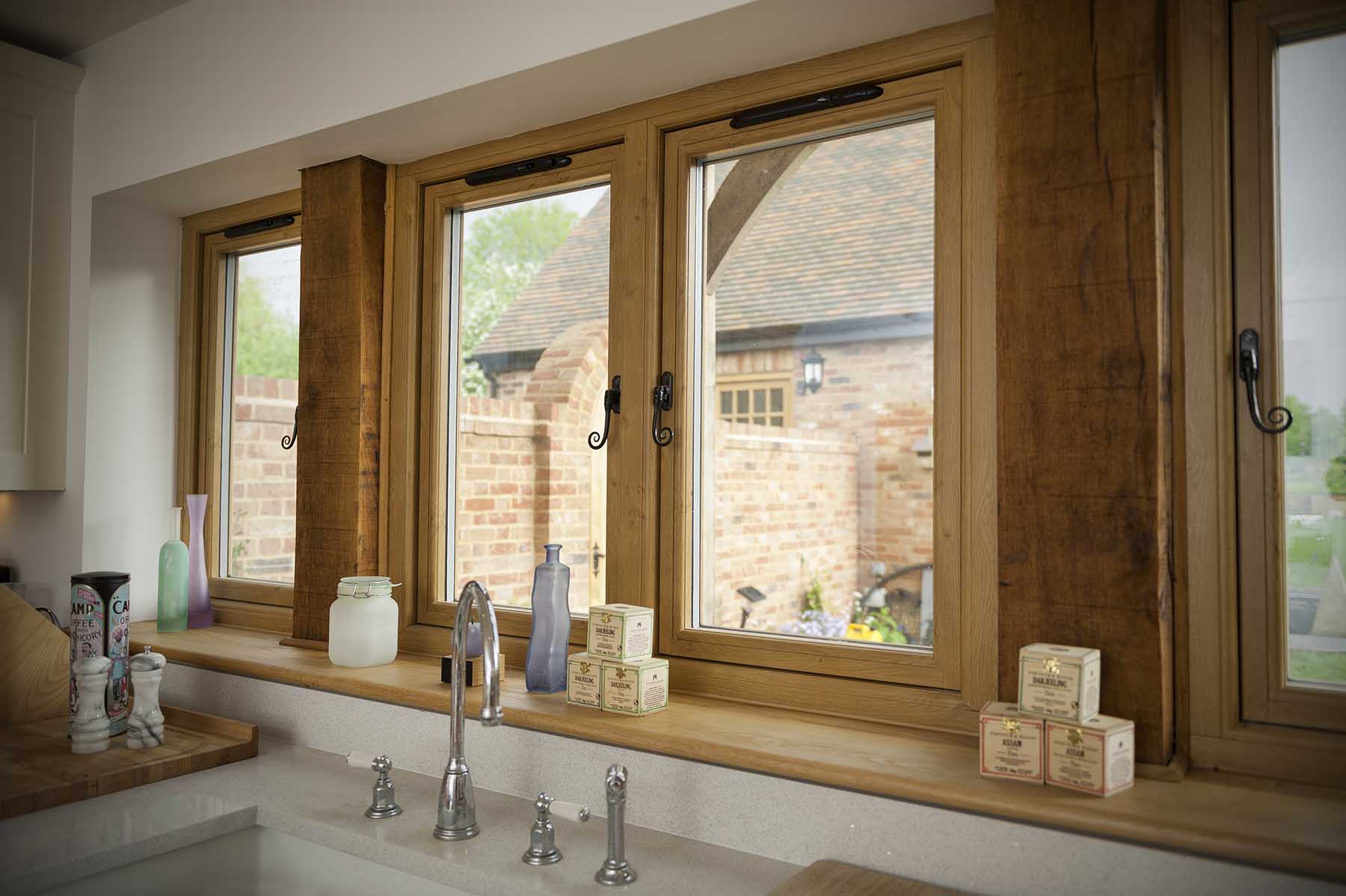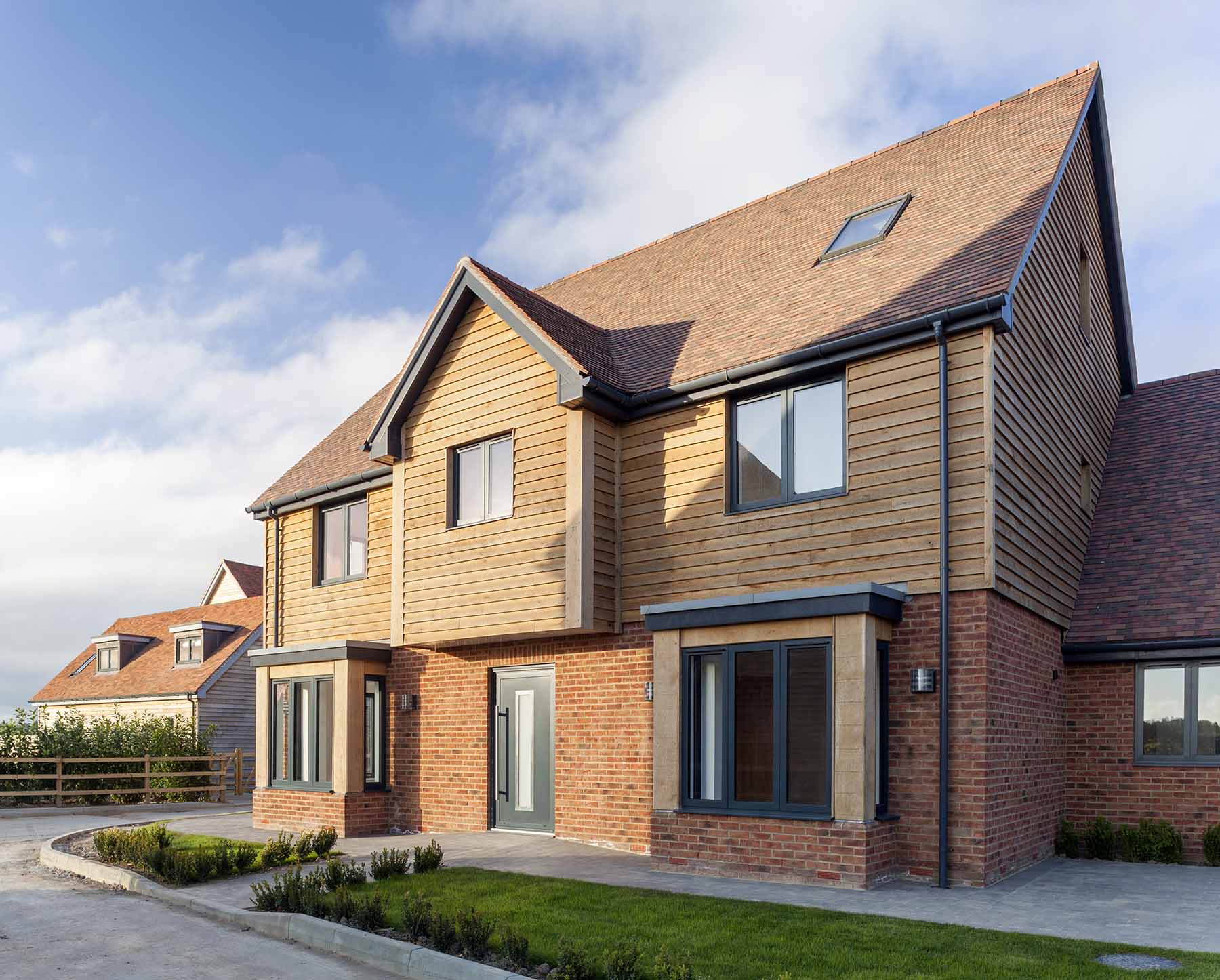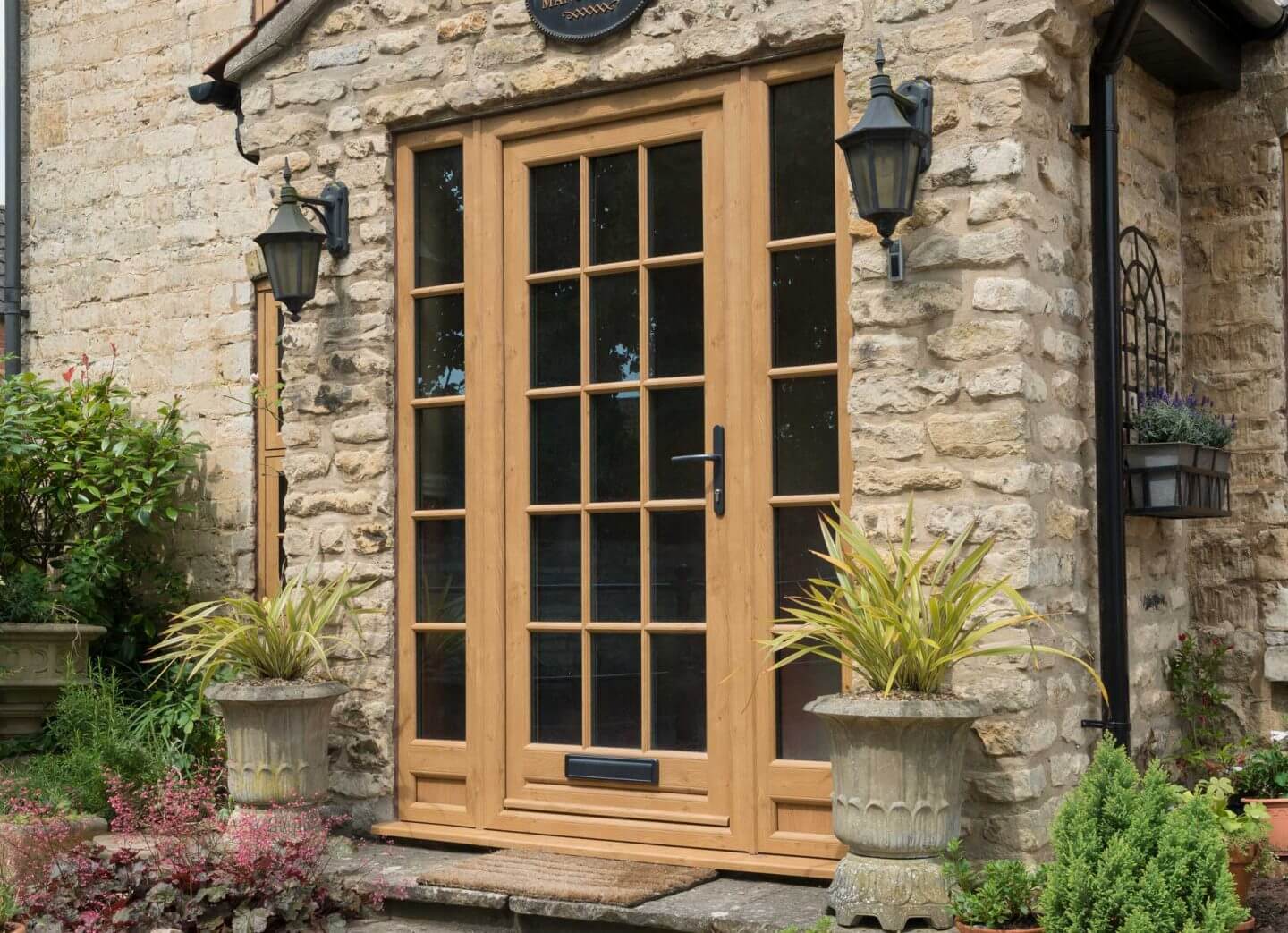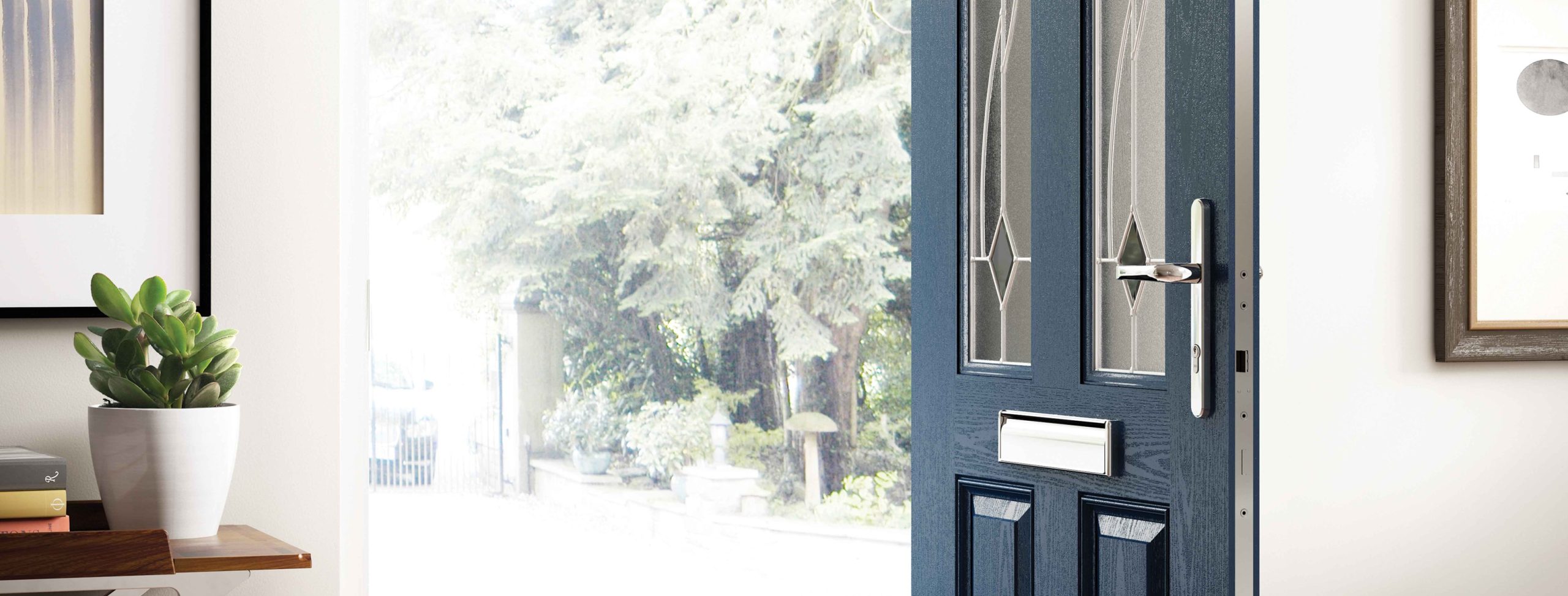If you own a period property in Bristol or Bath, you’ll know the unique charm and character these homes possess. The elegant Georgian townhouses of Bath and the colourful terraces of Bristol are part of what makes these cities special. But these older properties often come with a common problem – draughty, inefficient windows that let heat escape and cold air in.
Many homeowners find themselves caught between wanting to reduce their energy bills and maintaining the historical look of their homes. Single glazing might be authentic, but it’s costly. And when you’re shivering in the winter and struggling to heat your home, it’s tempting to think about replacing those wooden windows with something more modern.
But if you live in a conservation area, you might have heard that installing new windows isn’t straightforward. Perhaps you’ve been told that uPVC is completely off the table, or that double glazing will never get planning permission. This leaves many homeowners feeling stuck with inefficient windows and high energy costs.
The good news is that the situation isn’t as black and white as it might seem. There are now solutions that can help you improve your home’s energy efficiency while respecting its historical significance and meeting conservation requirements.
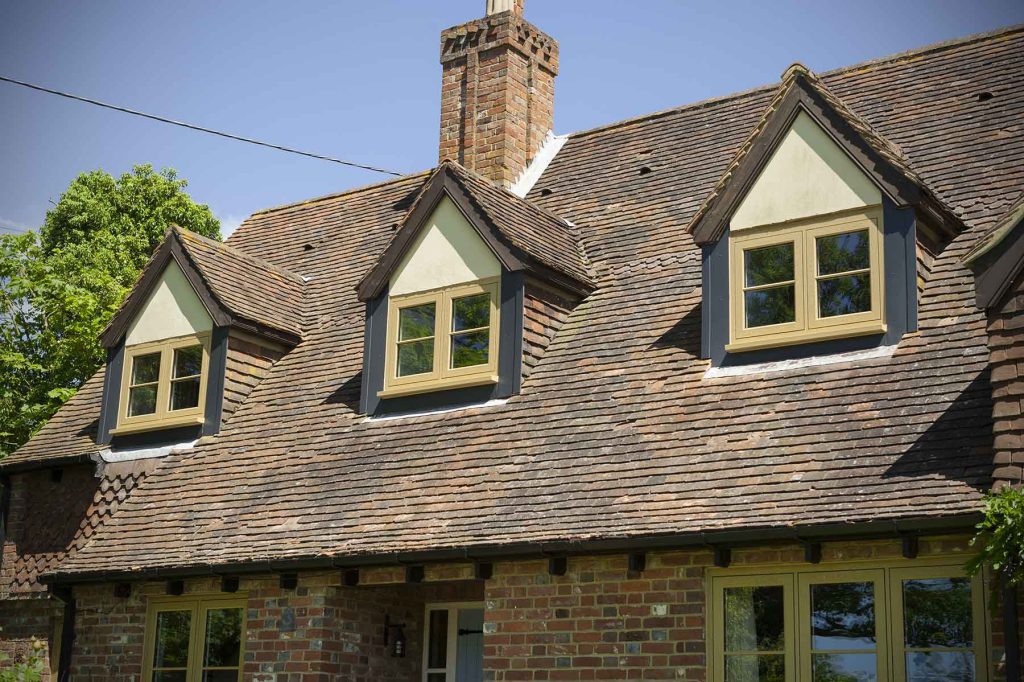
Understanding Bristol and Bath Conservation Areas
Bristol and Bath are both cities rich in architectural heritage, with numerous conservation areas designed to protect their unique character and historical significance. From the Georgian elegance of Bath’s Royal Crescent to Bristol’s harbourside and Clifton areas, these designated zones help preserve the special interest of neighbourhoods that make our region distinct.
What exactly is a conservation area?
Conservation areas are places of special architectural or historic interest where stricter planning controls apply to help protect their character. In these areas, the local planning authority has extra powers to control work that might affect the area’s appearance.
In both Bristol and Bath, the local conservation authority pays particular attention to the replacement of windows, as these are seen as crucial to maintaining the character of your property. The original design of windows in period properties contributes significantly to their overall appearance and value.
Typical requirements and challenges
When it comes to windows in conservation areas, local authorities typically look for:
- Windows that match the original design in terms of materials, proportions, and opening style
- Preservation of original features like sash mechanisms, glazing bars, and mouldings
- Appropriate glazing that doesn’t look out of place
The main challenge for homeowners is that traditional wooden windows are often the preferred choice of planning departments, but they come at a higher cost and with greater maintenance requirements. This has led to much debate about the benefits of uPVC alternatives and whether they can be acceptable.
Planning permission is generally required for replacing windows in conservation areas, and permitted development rights (which typically allow certain changes without planning permission) are often restricted. This means you’ll likely need to submit a planning application to your local authority before making changes.
Whenever we work on a conservation property, we help to handle all applications and paperwork, and we have extensive experience doing this across the south west.
The Residence Collection: Conservation-Grade uPVC Windows
Contrary to what you might have heard, uPVC window replacements can sometimes be appropriate in conservation areas – provided they’re the right kind. At DM Windows, we’ve helped many Bristol and Bath homeowners navigate strict planning laws with the Residence Collection windows.
The Residence Collection is a fantastic range of windows that have been specifically designed to replicate traditional timber windows while offering the benefits of modern materials. They’re often referred to as “conservation grade uPVC windows” because they’re made with period properties in mind.
They are made with traditional detailing and are essentially indistinguishable from timber windows. They can even reach an A++ window energy rating, the highest available, meaning you no longer have to choose between efficiency and character.
The Residence Collection comes in three distinct ranges.
R9 Windows: Authentic Georgian and Victorian Style
The R9 window system is the flagship product in the Residence Collection, featuring a 100mm profile depth and nine insulating chambers. These windows are particularly well-suited to Georgian, Victorian and Edwardian properties, with authentic features including:
- Traditional 19th-century timber window proportions
- Mechanical joints that look like traditional carpentry rather than typical uPVC welds
- Authentic hardware options, including monkey tail handles and pegstays
- Optional Georgian bars and sash horns for authentic period details
The R9 system has been approved for use in various conservation areas across the UK, making it a good option if you’re facing particularly strict planning requirements.
R7 Windows: Balanced Aesthetics and Performance
The R7 system offers a slightly slimmer 75mm profile with seven insulating chambers. With a flush finish both inside and out, these windows provide excellent thermal performance while maintaining a traditional appearance. They’re a good middle ground if you want authentic looks with slightly more modern proportions.
R² Windows: Modern Efficiency with Traditional Looks
The R² (R-squared) system provides a squared interior look with the same 100mm profile depth and nine insulating chambers as the R9. These windows are ideal for homeowners who want period-appropriate exteriors but prefer a cleaner, more contemporary look inside their home.
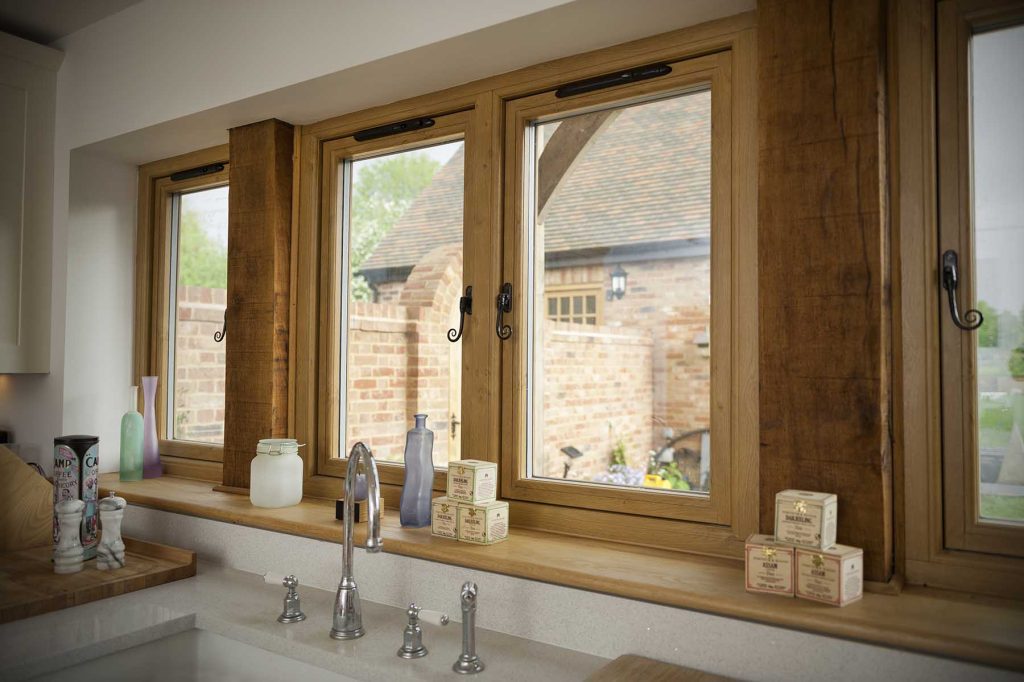
Why Choose the Residence Collection?
All Residence Collection windows offer significant advantages for period properties:
- A-rated energy efficiency to reduce heating bills
- Double or triple glazing options for improved comfort
- Low maintenance compared to timber (no painting or sanding)
- Added security features not available in original windows
- Available in 20 standard colours, including authentic wood effects
For many of our customers in Bristol and Bath conservation areas, the Residence Collection has proven to be the perfect fit, balancing planning requirements with practical benefits.
Secondary Glazing: A Non-Invasive Alternative
If you want to keep your existing windows, but still want to improve efficiency, then secondary glazing provides another excellent solution for period properties.
Secondary glazing involves installing a second window on the inside of your existing windows. This creates an insulating gap between the two panes, improving energy efficiency without changing the external appearance of your home.
The main benefits of secondary glazing include:
- No changes to the external appearance, which is ideal for conservation areas
- Significant improvement in thermal efficiency compared to single glazing
- Excellent noise reduction
- Can be removed if needed, making it reversible
- No planning permission is typically required as it’s an internal alteration
At DM Windows, we install Granada secondary glazing, which is designed to be as unobtrusive as possible. These systems feature slim, discreet aluminium frames that can be colour-matched to blend with your decor. Various styles are available to suit different window types, from sliding panels for sash windows to hinged units for casements.
Secondary glazing is often the preferred choice of local conservation authorities as it preserves original windows while improving their performance. It’s particularly valuable for listed buildings where alterations to the fabric of the building are severely restricted.
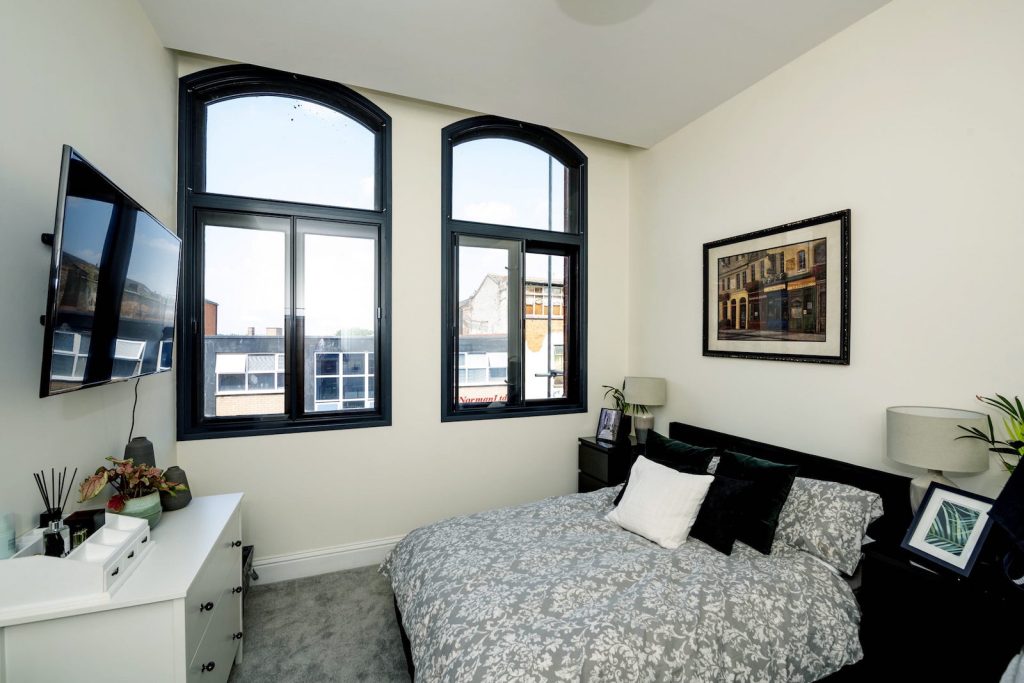
Making the Right Choice for Your Home
Whether to opt for conservation-friendly uPVC windows or secondary glazing is ultimately a personal preference, influenced by your specific situation, the condition of your existing windows, and the requirements of your local authority.
With over 20 years of experience working with older properties in Bristol and Bath, we’ve helped countless homeowners navigate the complexities of improving windows in conservation areas.
There’s no one-size-fits-all answer, but with the right information and products, you can find a solution that keeps both you and the conservation officers happy.
Ready to Explore Your Options?
If you’re considering new windows for your conservation area property, we’d be happy to provide expert advice tailored to your specific situation. Our team understands the types of windows appropriate for different architectural styles and the requirements of local planning departments across Bristol and Bath.
For more information or to arrange a free consultation, call us on 0117 313 6884, email us at sales@dmwindowsbristol.com or use our online contact form.
Frequently Asked Questions
Can I install uPVC windows in a conservation area?
It depends on the specific conservation area and local planning policies. In some regions, high-quality uPVC windows like the Residence Collection may be acceptable if they closely match the appearance of original windows.
Do I need planning permission to replace windows in a conservation area?
In most cases, yes. Conservation areas typically have restrictions on permitted development rights, meaning window replacements usually require planning permission. Your local authority can confirm the specific requirements for your property.
Is secondary glazing effective at improving energy efficiency?
Yes, secondary glazing can reduce heat loss through windows. By creating an insulating air gap between your existing window and the secondary glazing, it significantly improves thermal performance while preserving original windows, making it particularly suitable for conservation areas.
